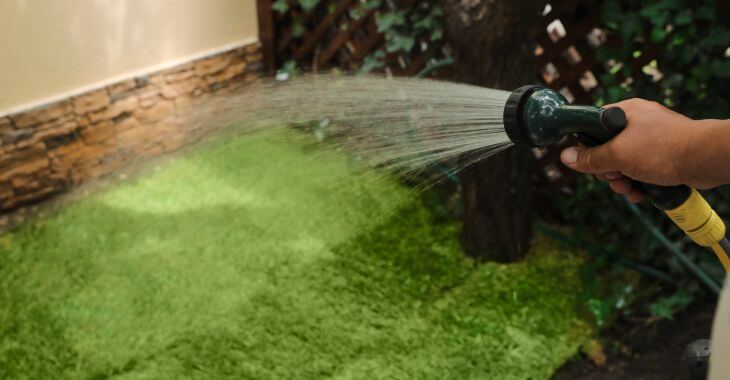Understanding Lawn Weed Control Herbicides
Keeping weeds in check is is an important part of any lawn care program. If you have wandered through the aisles of your local home improvement or garden center, you have probably noticed the bewildering array of weed control products available. Don’t make the mistake of thinking that all weed control herbicides are the same. You can seriously damage your yard by applying the wrong type of herbicide or even by applying the right type but at the wrong time of year.
Before you succumb to randomly buying a weed control herbicide, take the time to find out what type of grass you have in your yard, the types of weeds present, and the options for controlling those weeds safely in your type of lawn. Herbicides are made for specific types of weeds and are only safe for certain types of turfgrass. In addition, they have to be applied at the right time of year in order to be effective.
There are two basic types of lawn weeds. Broadleaf weeds are easy to identify because they don’t look like grass. Dandelions, wild onions, and chickweed are examples of broadleaf weeds. Grassy weeds are not as noticeable because they look similar to your lawn. A common example is crabgrass. In fact, technically any grass that you don’t want in your lawn is a weed. Your neighbor may love his bluegrass, but in your centipede lawn bluegrass is a weed.
Once you have identified the type of weeds in your lawn, you can select a herbicide that is designed to control that type of weed and which is safe for your grass. You will also need to choose between a pre emergent or post emergent herbicide. Pre emergent herbicides prevent weeds from germinating and are usually applied in the spring before the weeds appear. Post emergents kill existing weeds and are applied when the weeds are actively growing.
